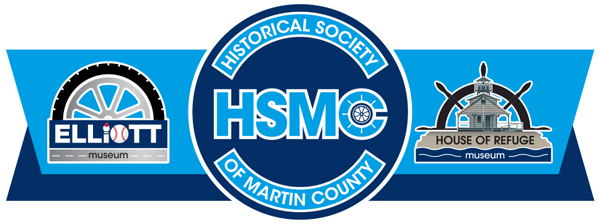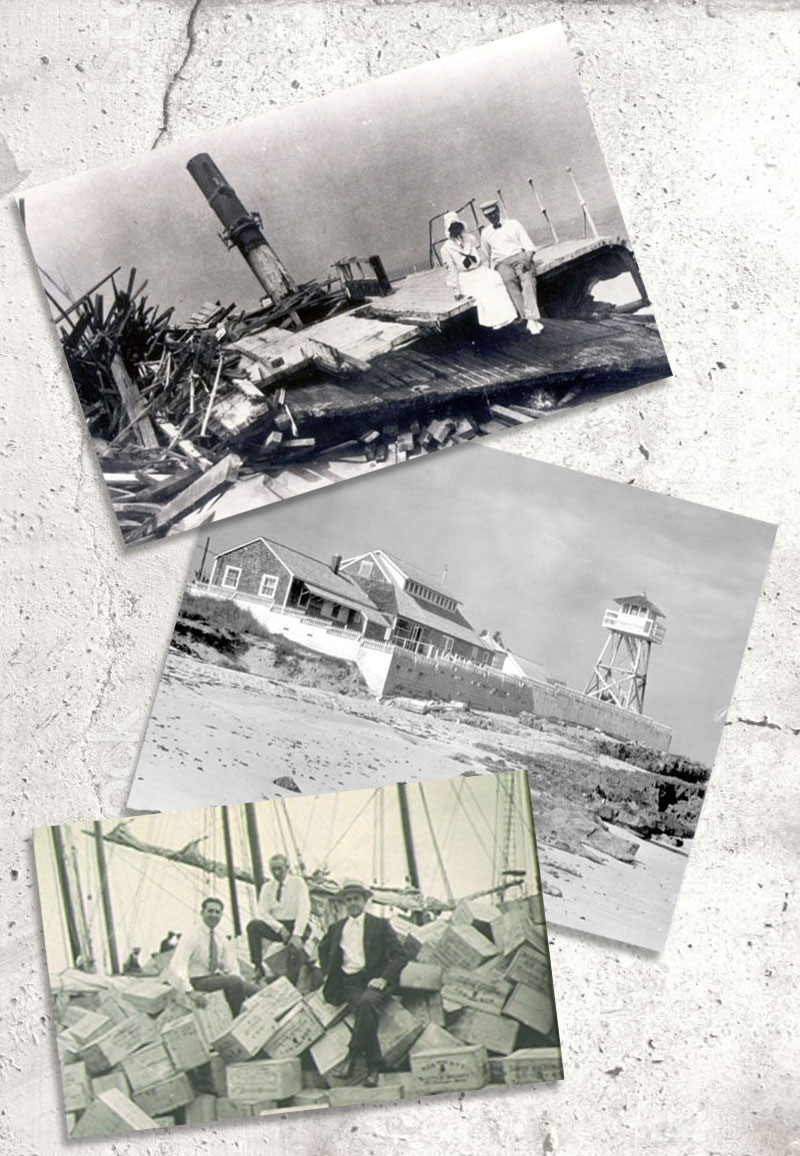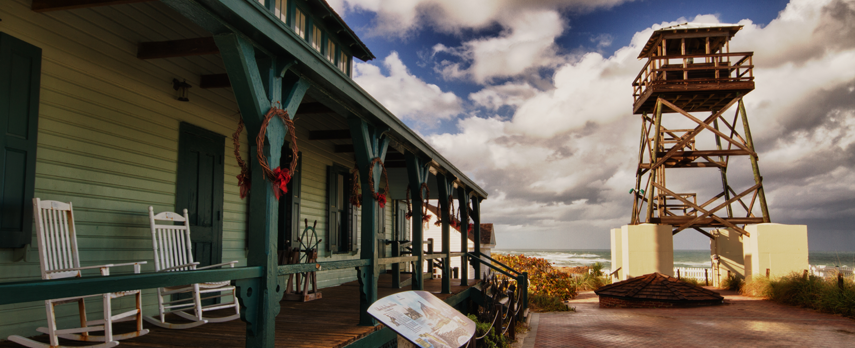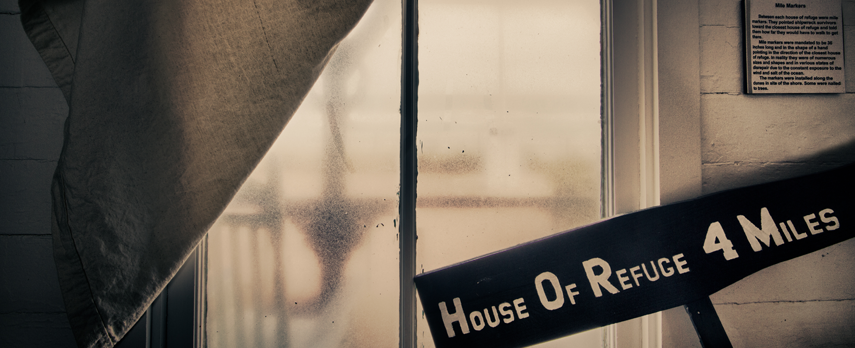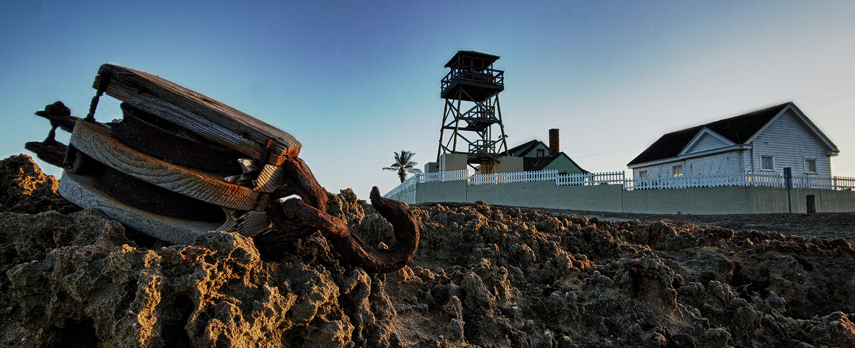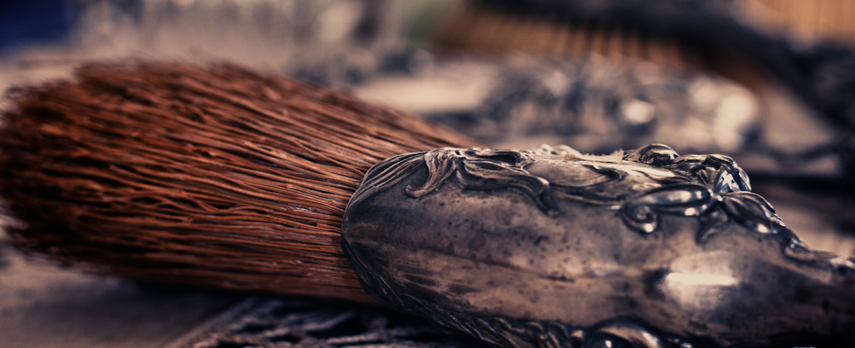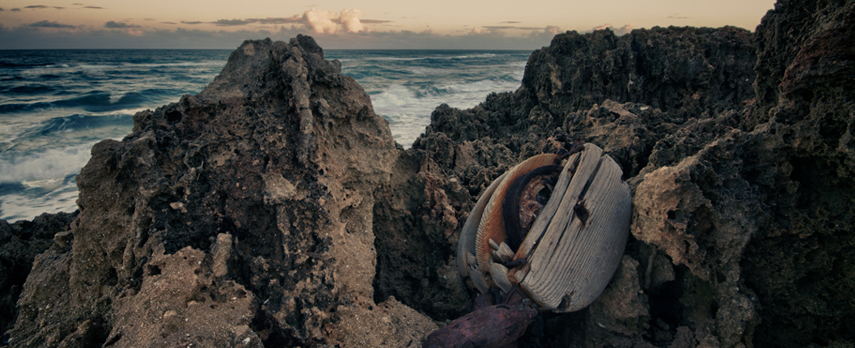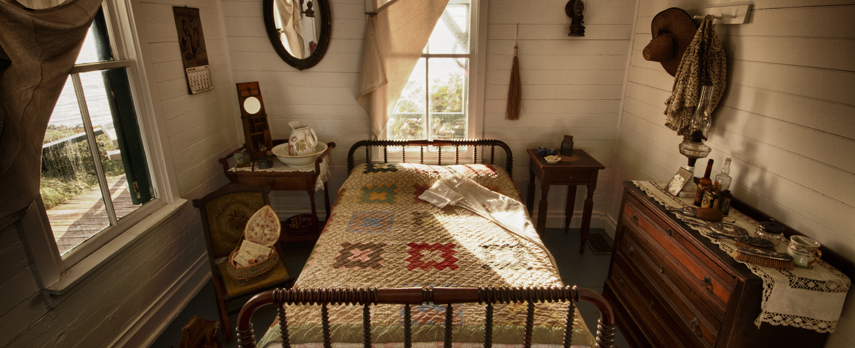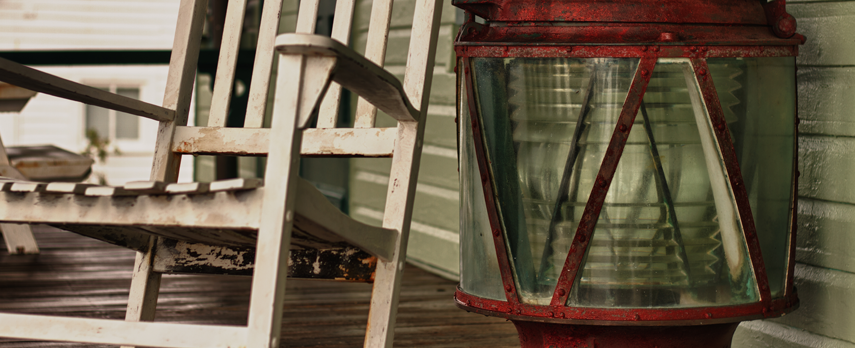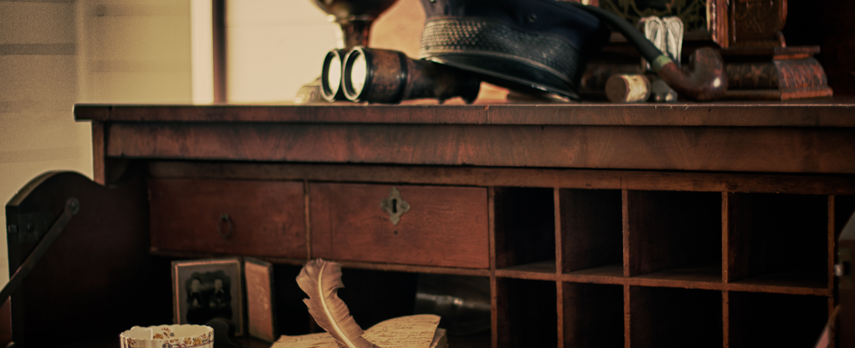HOUSE OF REFUGE
INTERACT • DISCOVER • LEARN
Step back in time to the turn of the century with a visit to the House of Refuge Museum at Gilbert’s Bar. Built as one of ten along the east coast of Florida, it is the oldest structure in Martin County and is the only remaining House of Refuge.
Want to visit the wreck of Georges Valentine? Only 100 yards from shore, you can walk from the House of Refuge and snorkel or dive the wreck.
Looking for the ideal Beach Wedding or an Ocean side Event? We can make it happen! Select your many options below and DISCOVER WHAT POSSIBILITIES AWAIT YOU!
DISCOVER WHAT POSSIBILITIES AWAIT YOU!
ABOUT HOUSE OF REFUGE
The Oldest Structure in Martin County
The Houses of Refuge were designated as havens for shipwrecked sailors and travelers along the sparsely populated Atlantic coastline of Florida. Run by the United States Lifesaving Service, the Houses played a critical role in a time when sailing ships dominated the world commerce.
The historic structure has weathered many storms and provided needed shelter for shipwreck survivors, including those of the Georges Valentine, an Italian brigantine whose wreckage remains just 100 yards off the rocky shoreline, providing an ideal dive site.
The history of the House of Refuge
dates to 1876, when the U.S. Life-Saving Service, under the direction of Sumner Kimball, constructed ten “houses of refuge,” or life-saving stations, along Florida’s Atlantic Coast.
These houses were staffed by “keepers,” who, with their families, led solitary lives in order to find, rescue, and minister to those who fell victim to Florida’s treacherous reefs and shoals. Prior to construction of these houses, many shipwreck victims made it to the isolated shore and then perished of starvation and thirst. As part of their duties, the keeper and his family walked along the shores as far as possible in search of shipwreck victims.
In 1915 the U.S. Life-Saving Service merged with the U.S. Revenue Cutter Service to form the U.S. Coast Guard, and then the House of Refuge became U.S. Coast Guard Station #207. The keeper at the time, Axel Johansen, and his wife, Kate, remained on duty, but Alex’s title was changed from Keeper to Surfman #1. Four other men were stationed at the house, and during World War I this crew of five was augmented by the Home Guard, composed of area youths.
In 1942, when German U-Boats torpedoed freighters along the Treasure Coast, a lookout tower and additional buildings were constructed on the property. In 1945 the U.S. government decommissioned House of Refuge operations, and the house sat empty until 1953, when Martin County purchased it and its 16-acre grounds for $168.
In 1955 the Martin County Historical Society was formed to protect the house and present it as a museum. Almost immediately, in addition to serving as a museum, the House of Refuge became a refuge for sea turtles, with this program being under the direction of Ross Witham (1917–2004), Marine Turtle Coordinator for the Florida Department of Natural Resources from 1963 to 1987. Now sea turtles, rather than shipwreck victims, depend on the life-saving measures of the House of Refuge.
Today the House of Refuge is itself a survivor; it is the only one of the original ten houses of refuge to remain on the Florida Coast. Today it tells the story of the region’s significant maritime heritage and the Floridians who endured hardships for the sake of humanitarian service.
HOUSE OF REFUGE GALLERY
HOUSE OF REFUGE VIDEOS
GEORGES VALENTINE DIVE SITE
DIVE • SNORKEL • DISCOVER
The wreck of Georges Valentine is a pleasure to dive or snorkel.
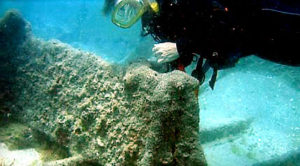
Georges Valentine is a pleasure to dive or snorkel because she rests in shallow water, only 100 yards offshore. Visitors can park at the House of Refuge and walk to the entry point, a rocky outcropping l00 yards south.
Learn more about the Georges Valentine shipwreck during your tour of the House of Refuge Museum before you dive. Call us for more information on Guided Tours.
LOCATION
The wreck of Georges Valentine is situated approximately l00 yards south of the south wall of Gilbert’s Bar House of Refuge and 100 yards directly offshore in Stuart, Florida. Coordinates for the wreckage closest to the beach (including the boiler, a 57′ section of deck with 8′ of broken mast, and a 12′ by 12′ section of tile floor), are 27° 11.93 ‘ N and 80° 09.88′ W. A 65′ section of iron hull, 16′ in height, is approximately 80 yards due east of the boiler section at 21° 11.93′ N and 80° 09.83′ W. Also in this area are two broken sections of steel mast, one 10′ in length and the other, on the north side of the hull, 19′ in length.
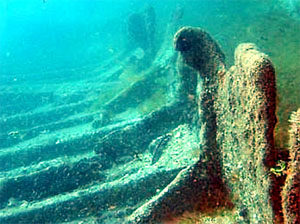
Extending from the east edge of the hull is a 100′ section of the keel and frames. Directly south of the hull is a large debris field that extends about 80′ to the south and 60′ east and west. Approximately 130′ due south of the largest hull section are hull plates about 12′ wide by 20′ in length at coordinates 27° 11.91′ N and 80° 09.83′ W. What appears to be a crane for loading cargo is located approximately 40′ south of the hull plates at coordinates 27° 11.90′ N and 80° 09.83′ W.
Approximately 495′ south of the House of Refuge is a 19′ section of a steel mast partially buried in the sand on shore. Directly due east of this artifact in the surf zone is a segment of iron framework about 60′ long by 24′ wide, along with another section of a broken steel mast, at coordinates 27° 11.89′ N and 80° 09.87’ W.
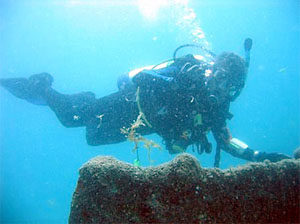
PHYSICAL DESCRIPTION OF THE DIVE SITE
Georges Valentine is partially buried in the sand and is broken into five prominent sections. Sand migrates to and from the site depending on seasonal weather and storms. For example, in August 2003 the sand had migrated away, providing a very clear view of the tile deck and the ability to swim under sections of super structure; by August 2004 the sand migrated closer to the wreckage and obscured many features including the debris field. Depth of water around the hull in August 2003 was approximately 32 feet; in August 2004 depth was only 22 feet.
The wreckage lies in positions consistent with reports written by Captain Rea in 1904. An existing photograph (circa 1905) in the Historical Society of Martin County archives shows a large section of upper deck with a mast on the rocks, and the House of Refuge in the background. This wreckage includes the mast and framework 495′ south of the House of Refuge that can be seen today.
BIOLOGICAL DESCRIPTION OF DIVE SITE
Marine life abounds on the wreck of Georges Valentine, including snook, sheepshead, margate, angelfish, kingfish, shiners, shark, moray eels, stingrays, lobster, stone crab, hermit crab, puffer, trigger, parrotfish, wrasse, snapper, and various species of soft corals. Because of the shallow water and migrating sand, the sea life changes from season to season as dramatically as the wreck itself. If not for the unfortunate circumstances of the wreck, there would not be a safe haven for the variety of sea life found there today.
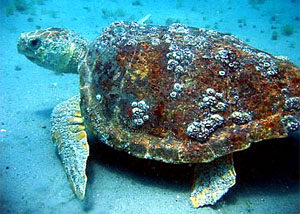
Sea life abounds and is dependent upon the season. Migration of the sand is dramatic; as much as six feet of sand can move in a single year. This change in conditions is a common occurrence and allows divers to enjoy a new adventure with every visit to the shipwreck.
The shoal where Georges Valentine rests is named after the pirate Don Pedro Gilbert who, according to local legend, hung lanterns on the shore in the area where the House of Refuge stands to lure unsuspecting ships onto the rocks. The rock shoreline is the foundation for the Gilbert’s Shoal (Bar) House of Refuge, and is one of the reasons the building is still standing today.
Georges Valentine Underwater Archaeological Preserve Hutchinson Island, Stuart, Florida, by the Florida Department of State Division of Historical Resources Bureau of Archaeological Research
HOUSE OF REFUGE LECTURES & EVENTS
The Wreck of the 1715 Treasure Fleet
301 Southeast MacArthur Boulevard, Stuart, Florida 34996
Beyond The Veil
825 NE Ocean Boulevard, Stuart, FL 34996
Beyond The Veil
825 NE Ocean Boulevard, Stuart, FL 34996
Beyond The Veil
825 NE Ocean Boulevard, Stuart, FL 34996
